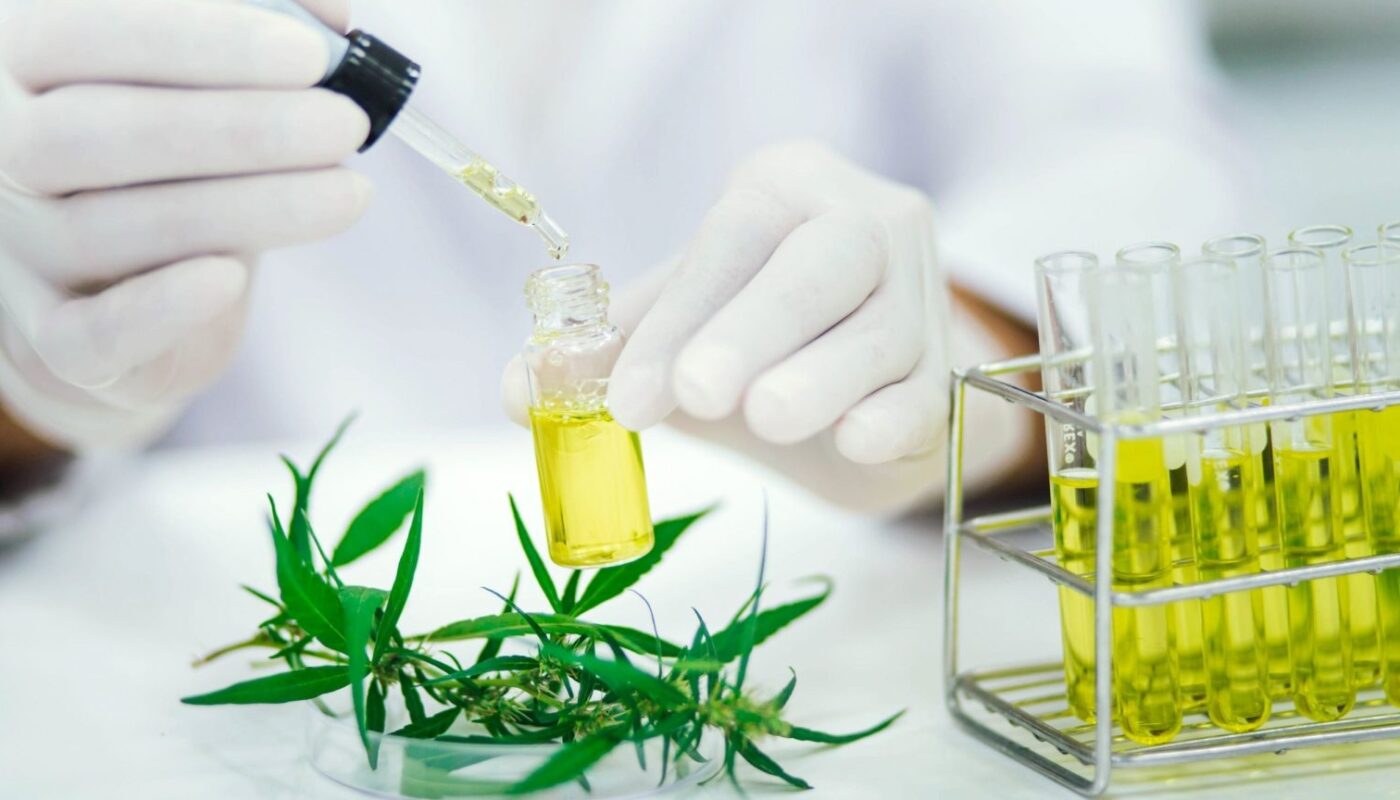Cannabis Testing Regulations and Compliance
Cannabis testing is required by most states that have legalized medical and adult-use marijuana to check cultivated flowers and extracted cannabis products for potentially harmful contaminants, toxins, and verify THC and CBD potency claims. States implement testing rules to protect public health by screening for unsafe pesticide residues, heavy metals, microbial contaminants, and residual solvents that may remain post-extraction. Testing labs play a crucial role in providing quality control and helping cultivators produce clean, consistent, and accurately labeled cannabis goods. Let’s take a look at the current state of U.S. Cannabis Testing Services and how the is evolving.
Cannabis Testing Standards and Certification
Most states adopting medical or adult-use cannabis programs require licensed testing facilities to become certified and adhere to standardized testing protocols. For example, in California testing labs must obtain ISO/IEC 17025 accreditation through the American Association for Laboratory Accreditation (A2LA). This certification involves implementing rigorous quality management standards and passing regular proficiency testing to ensure accurate and reliable test results. Testing methods are also standardized, such as using gas chromatography or high-performance liquid chromatography. States may also require random retesting of failed product batches until levels of contaminants fall below acceptable limits. ISO certification gives regulators and consumers confidence that labs are running accurate, reproducible cannabis analysis with appropriate controls and calibrations in place.
Pesticide and Heavy Metal Screening
One of the most commonly required test categories is screening for residual pesticides and banned agricultural chemicals that should not remain present post-harvest. Cultivators are expected to follow integrated pest management practices and use only approved organic orsynthetic pesticides at safe application levels. However, without testing, traces of hazardous chemicals could remain and pose risks when inhaled or ingested. Labs screen flower and extract samples for commonly used pesticides as well as any unapproved or dangerous chemicals at or below action levels set by regulators. Cannabis is also tested for heavy metals that may concentrate in the plant from contaminated soil or fertilizers like lead, cadmium, arsenic and mercury, which can cause harm with long-term exposure.
Microbial Analysis
Public health agencies require testing for microbial safety given some marijuana consumers may have suppressed immune systems. Pathogenic molds, bacteria and other microbes left unchecked could cause serious illness in medical patients. Labs screen samples for total yeast and mold counts as well as potentially dangerous organisms like Salmonella, E. coli, and Aspergillus—a toxic mold genus known to cause respiratory infections. Products failing microbial specifications must not be released for retail sale. Microbial testing is particularly important for extracts and edibles that require high-temp post-processing and sanitary conditions to eliminate microbes. Testing confirms this hot-water or ethanol extraction was effective at pathogen removal.
Verification of THC, CBD and Cannabinoid Profiling
One of the primary benefits of legalization is quality control of plant cannabinoid content through regulated testing. Labs must verifytotal THC and CBD potency meets label claims within allowed concentration ranges for different product types using HPLC or other advanced analytical methods. Testing also generates a full cannabinoid profile to check for the presence of CBG, CBN, THCV or other minor cannabinoids of interest. Cannabinoid profiling is important for medical efficacy and consistency for patients relying on specific cannabinoid ratios. It also allows regulators to identify potentially problematic genetically engineered cannabis strains with very high unpublished THC levels that could pose health risks.
Solvent and Terpene Residual Testing
For BHO, CO2, ethanol or hydrocarbon extracts, labs test to ensure residual solvent levels are below action limits set by regulators, such as less than 5000 ppm of hydrocarbon residue for butane hash oil. While solvents are used to strip THC and other cannabinoids from plant material, toxic levels should not remain in finished products. Similarly, extract producers touting terpene content may opt to have labs quantify levels of myrcene, limonene, linalool and other terpenes retained post-extraction. Testing ensures solvents were properly purged and valuable terpenes retained for maximum entourage effects. It provides quality assurance extractors have followed safe manufacturing procedures.
Laboratories Expand as Markets Grow
As more states legalize medical or adult-use cannabis, the volume and variety of products entering the regulated market has drastically increased demand for cannabis compliance testing services. Some early firms like CannaSafe and EVIO Labs have expanded operations with new regional labs to serve growing west coast programs, while large national players like Anresco and Intertek have entered the market. Many individual states are also licensing new local testing labs to handle increased sample loads. With the cannabis industry projected to become a $30 billion business, the cannabis testing sector is positioned for continued growth. Laboratories play a crucial quality assurance role in the development of a safe, regulated national cannabis market.
Note:
1. Source: Coherent Market Insights, Public sources, Desk research
2. We have leveraged AI tools to mine information and compile it



